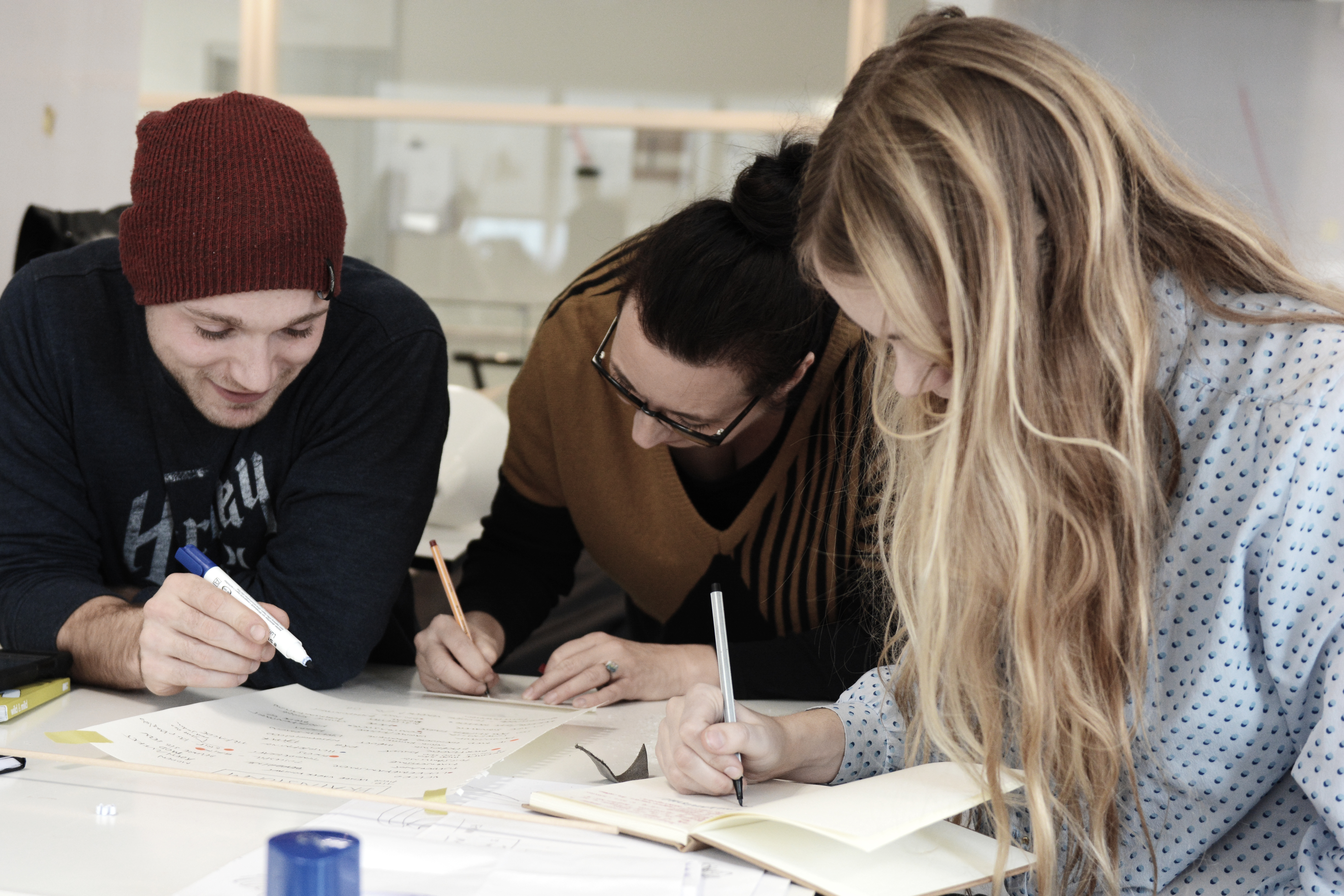Design-driven innovation through the eyes of Southern Denmark

What is design-driven innovation
Design as a
method can come across as elusive and perhaps difficult to understand but the
benefits and possibilities there is in working design-driven easily outweighs
the difficulties in learning a new method.
Design and design-thinking offers a different approach, a range of methods, a
mindset and a way to act and visualize issues, tasks, challenges and possible
solutions. The method enables a company, organization or public entity to
produce the right service, product or solution by following multiple paths,
thus creating more growth and innovation. To give a clearer understanding of
what characterizes DDI, let us look at some concrete examples.
When working design-driven you can expect to gain a new approach and new methods in the innovation process. When doing so it is also necessary to let go of some of the classic tools, such as result-based timelines and follow-ups that can kill the creative ideas and the innovation process.
Design as a ‘growth motor’
Southern Denmark has strong skills and actors in the field of design and the up-take of design and DDI by public authorities as well as companies and innovation actors has a positive impact.
The multiple benefits of design-driven innovation lead the Region of Southern Denmark to support the design cluster organization Design to Innovate (D2i) (partner in EmpInno) to strengthen the use of design as a way of creating growth within the region’s companies. The Region of Southern Denmark considers design as a ‘growth motor’ and thus an important enabler for realizing the regions smart specialization strategy.
Design is more than shapes, clothes and furniture - it is also a method. Design-thinking and DDI is exploiting multiple and different approaches and through that finding the right solutions to complex problems and not just ‘a solution’, as well as making companies more competitive because they manage to produce the right products and services.
Case examples:
- Future teaching (FUTE) is a EU-funded project where the Design School in Kolding as leading partner is working on incorporating design-thinking as a teaching-tool in Danish and European middle schools. The idea is that using design-thinking will create more inspiring teaching that will increase the students’ engagement in the teaching. Furthermore, the teachers that are educated in design as a method will experience a greater job satisfaction.
- Isover, an isolation company in Denmark, experienced a decline in demand because of the financial crisis but turned it around by going from ‘product sales to project sales’ with the help of D2i. This means that Isover now focus on the costumers needs working together with the costumers to find the right service and products for their need. The company in cooperation with D2i designed a service package, where they no longer just sell isolation products but instead are selling total projects including all material and related advice. By developing a new way of thinking and offering the right solutions for the costumers, the design process has made the company more competitive.
- The South Denmark European Office has facilitated a meeting within a network of the 22 municipalities in the region, with the purpose of creating a focus and share experiences in using design and DDI when creating public services or when engaging in European projects. When creating public services, it is obvious to take outset in the citizens needs and design offers methods to find the right solution and service. Therefore, SDEO wants to engage the municipalities in the region to think design into the innovation processes and into their projects.
Copyright @ South Denmark European Office (Linette H. Andreasen)

